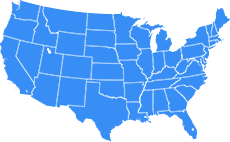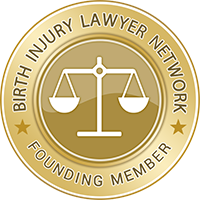Cerebral Palsy
Cerebral Palsy often referred to as CP is a condition that is characterized by impairment of the motor function. It is a condition that happens when the brain is damaged either by injury or abnormal development before, during or immediately after birth. The damage to the brain may be caused by prenatal disturbance of brain cell migration, prenatal poor myelination of developing nerve cell fibers, perinatal brain cell death and postnatal non-functional or inappropriate connections between brain cells.
The four types of brain damage which can result in cerebral palsy are damage to white matter tissue in the brain, brain malformation or abnormal brain development, lack of oxygen to the brain or asphyxia and brain hemorrhage.
Cerebral palsy is not hereditary but it may happen to not just one member in the family, a condition called by doctors as familial recurrence. Studies have shown that there are hereditary factors which can influence an individual to develop cerebral palsy. Genetic influences may develop gene-to-gene interactions or form complex interactions with multiple environmental influences and may explain familial recurrence.
When a child is born with cerebral palsy, it is referred to as congenital cerebral palsy which means that the damage to the brain happened before or during birth. The condition may not be detected right after birth. It can be diagnosed months or even years later. After a child is born, his brain continues to develop until age five, if cerebral palsy happens during this period, it is called acquired cerebral palsy. This means the child was not born with it but the brain damage happened after the child was born and while the brain was continuing to fully develop.
Signs and Symptoms
The signs of cerebral palsy are different from its symptoms. Signs would refer to identifiable effects of brain injury or malformation that caused the condition while the symptoms, on the other hand, are the effects that the child feels or expresses. The signs and symptoms may vary from one child to another because each case of cerebral palsy is unique as it will depend on what causes the condition, at what part of the brain development did it happen, what got affected and the severity, among others.
Signs that a child has cerebral palsy include:
- By the age of one month, the child will not blink at loud noises.
- The child is not able to sit even when he already reaches the age of seven months.
- At four months old, the child will not turn his head toward sounds.
- The child is not able to verbalize words even when he is already 12 months old.
- The child is having seizures.
- The child walks with an abnormal gait.
Some symptoms that parents should watch out for include:
- The child often chokes.
- The child has difficulty in grasping objects.
- The child has difficulty swallowing.
- The child is easily fatigued.
- The child has inability to focus on objects.
- Inability to hear
- Pain
Care and Management
With proper care and management, children with cerebral palsy may have long lives. Various therapies play a big role in the treatment or management of a child having cerebral palsy. Therapies often used are behavioral, massage, nutritional and dietary counseling, occupational therapy, physical and physiotherapy, recreational and play therapy, sensory integration therapy, social therapy, speech and language and vocational counseling.
In managing cerebral palsy, the condition is classified into various factors based on severity, topographical distribution, motor function and gross motor function classification system.
Find an Experienced Birth Injury Attorney in your Local Community
 Find A Lawyer in Columbus, OH
Find A Lawyer in Ohio
Find A Lawyer in Any State
Find A Lawyer in Columbus, OH
Find A Lawyer in Ohio
Find A Lawyer in Any State
